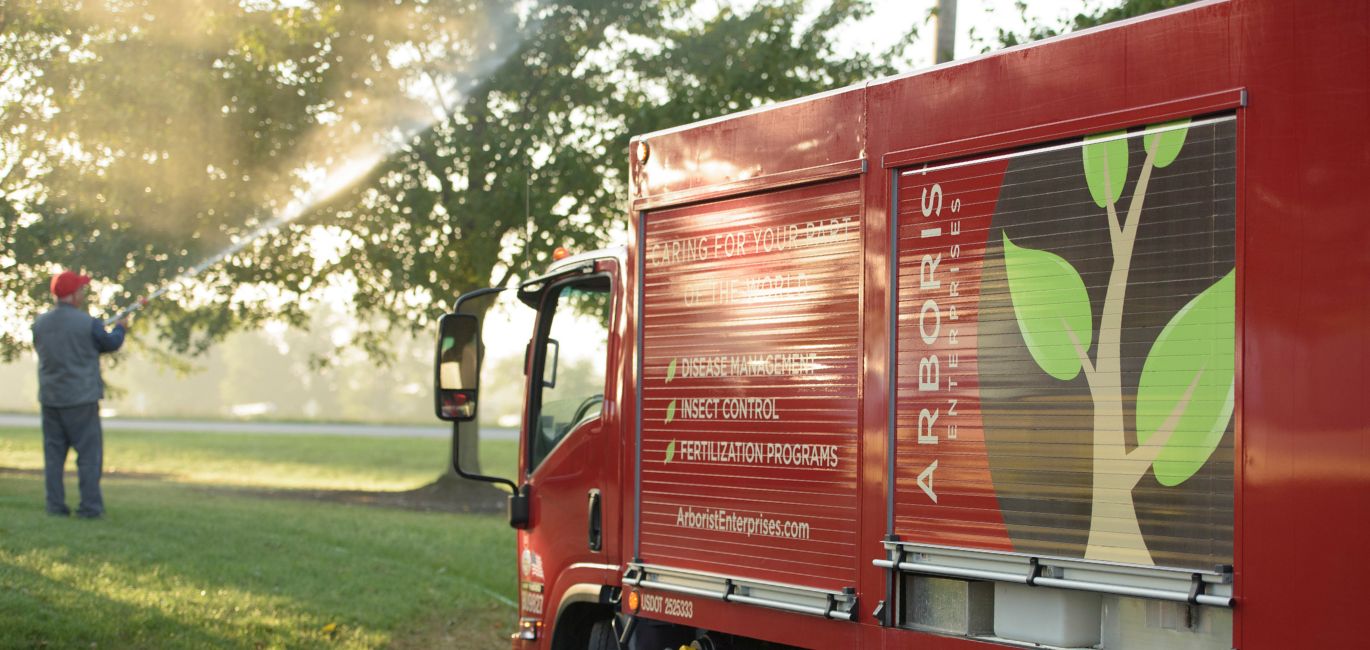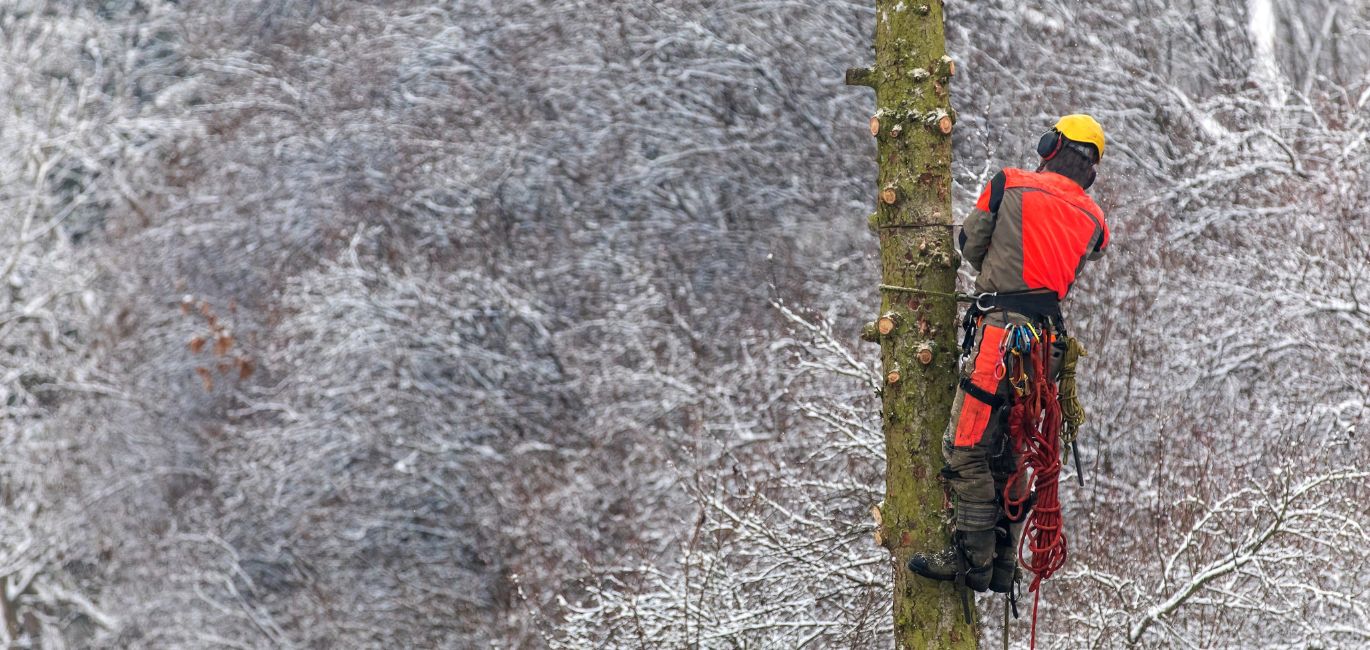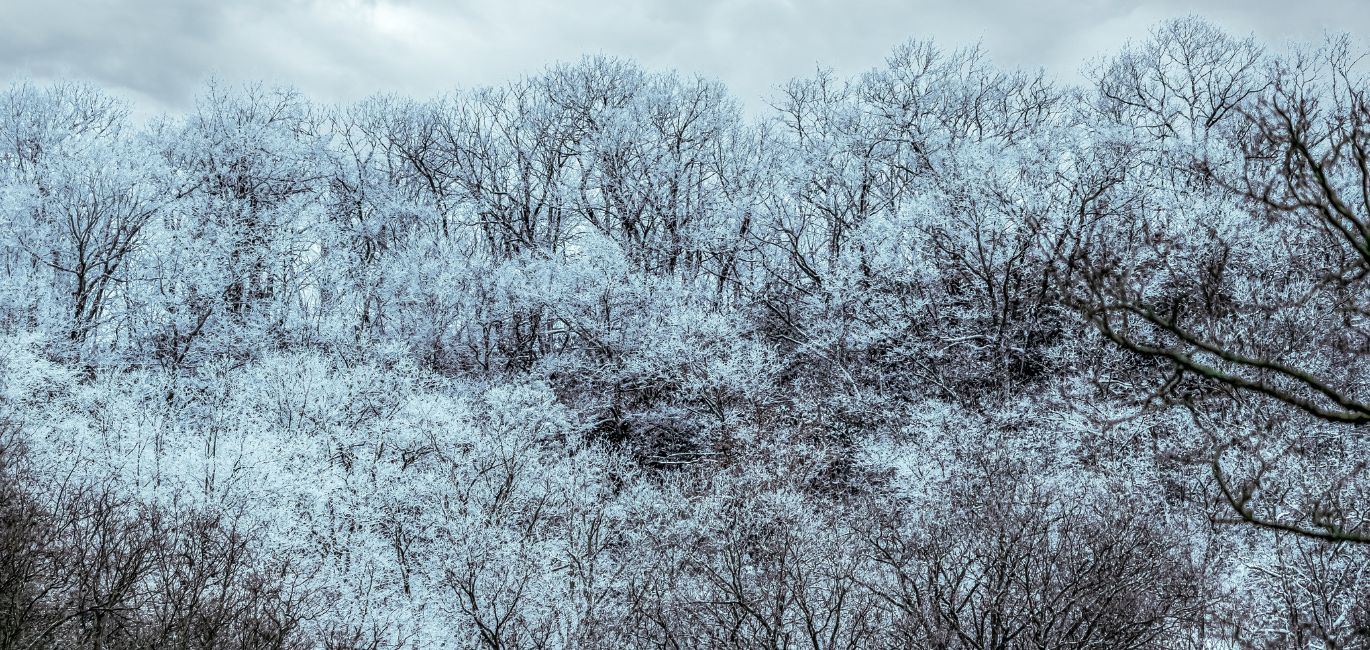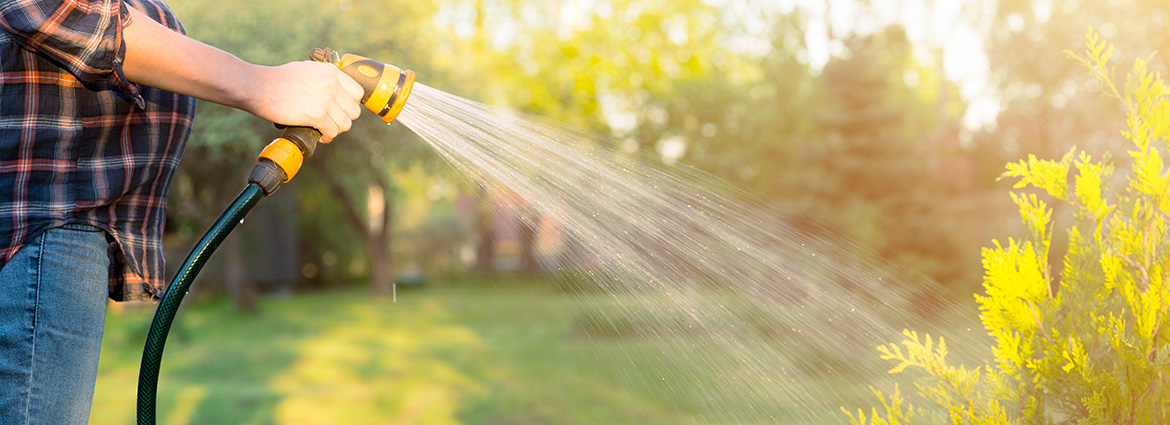
Supplemental Watering: A Guide for Your Trees and Shrubs
Watering your garden and flowers often comes second nature to Lancaster County homeowners, but only some think about watering their trees. In normal circumstances, you won’t have to worry about providing water to established trees, but during a drought, it can be critical to keeping them healthy.
In this article, we will examine the basics of watering your trees. We’ll look at when and how to water them, as well as ways to reduce the need for supplemental watering in the future.
Key Takeaways
- Droughts are relatively common in Lancaster County, with sustained droughts in 2023 affecting most residents and their trees.
- Watering your trees should be done when the top six inches of the soil are dry; you can test this by inserting a screwdriver and seeing if it comes out dry or digging a hole and feeling the soil.
- Trees dealing with drought stress may display wilted or discolored leaves, have their leaves drop early, or develop bark cracks during sustained droughts.
- A soaker hose is best for providing deep and infrequent watering; focus on soaking the ground and avoid watering leaves or the root flare of a tree.
- Placing mulch around a tree can decrease the need for watering as it helps retain moisture in the soil.
Drought Conditions in Lancaster County
Droughts and periods of abnormally dry weather are not uncommon in Pennsylvania. 2023 was a challenging year for plants and trees in Lancaster County, with the entire county dealing with sustained droughts and abnormally dry conditions through most of the summer.
Historically, Lancaster County residents have dealt with short periods of abnormally dry conditions for most years. The worst Lancaster County drought in the 21st century occurred in 2002 when severe or extreme drought conditions affected the county for most of the year.
PRO TIP: Droughts do not only occur in the summer, as you may believe, and Lancaster County is no stranger to winter droughts. Always be aware of droughts or abnormally dry conditions in our area so you can take action to protect your trees.
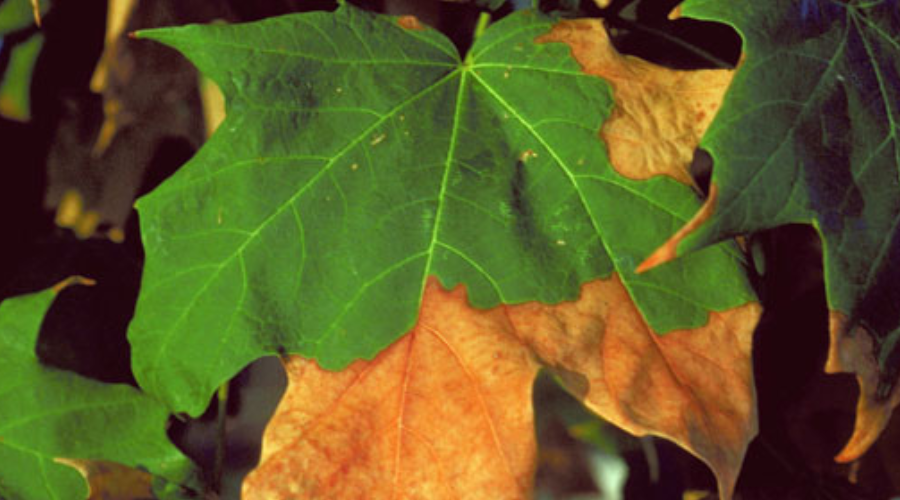
A maple leaf demonstrating the symptoms of drought. Photo courtesy of Robert L. Anderson, USDA Forest Service, Bugwood.org.
Watering Your Trees and Shrubs
Now that summer is in full swing, properly watering your trees is one of the best ways to keep them healthy and in optimal condition. But did you know — the most common watering mistake is actually too much water?
Whether it’s too much or too little, watering can be tricky if you don’t know how to do it properly. Follow our guide to ensure your trees make it through summer with flying colors.
PRO TIP: Watering your trees is just one part of the effective management of your property and the plants on it. For more information on how to care for your part of the world, check out some of our previous articles about it:
When to Water
During a summer afternoon, up to half of the water applied to your trees can be lost to evaporation. The best time to water is in the morning or evening to maximize the water that goes into the ground. Watering during the day in the summer can lead to heavy evaporation before a tree has the opportunity to get the water.
Unfortunately, there’s no magic schedule for watering trees. How often you should water will depend on the size of your tree, soil conditions, and weather conditions. Newly planted trees require more frequent watering than established trees.
The best way to determine when trees need water is to check the soil. What you’re aiming for is moist — not soggy — soil. In the absence of rain or moisture, check the soil with a garden trowel to a depth of two inches. If the soil is dry to the touch, your tree needs water. Alternatively, you can insert a screwdriver into your soil. If it comes out damp, you likely don’t need to provide supplemental water.
Signs a Tree Needs Supplemental Water
Although testing the soil yourself is the best way to determine if a tree is stressed from a drought, you may also notice signs from your tree indicating it is dealing with drought conditions. Some of these signs include:
- Temporary or permanent wilting: Leaves of a drought-stressed tree will wilt during the day but recover by the next morning. In cases of advanced drought, the leaves will not recover by morning.
- Early fall color: Leaves will begin to yellow and display their fall colors in the summer when dealing with drought.
- Leaf scorch: Leaves may appear to be burnt at the edges or have a brown appearance on the tips.
- Premature leaf drop: Trees begin to drop their leaves early when drought stress becomes severe enough.
- Bark cracks: If a drought lasts long enough (like the one we experienced in 2002), a tree’s bark may begin to crack. This is more common in species with thin bark, such as maples.
PRO TIP: Not sure what is stressing your tree? The team at Arborist Enterprises can determine this through an arborist consultation.
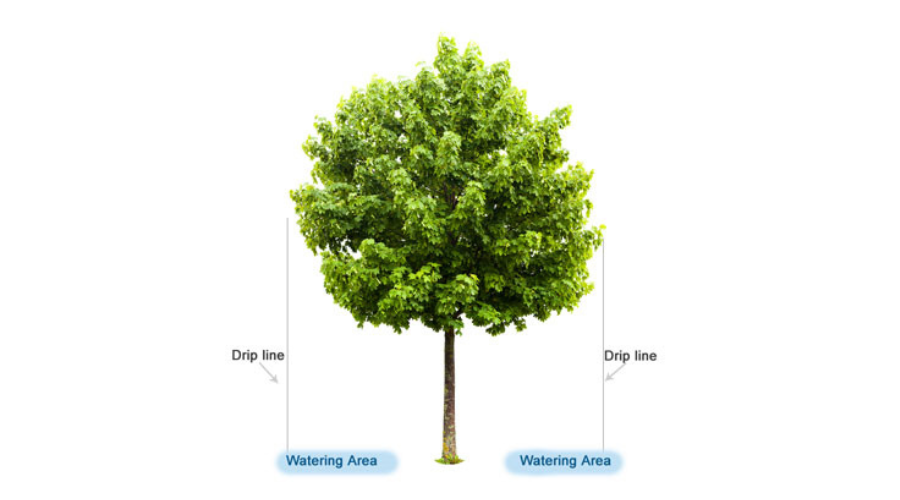
A tree’s drip line extends out to the edge of the canopy. Try to water as much of the area inside the drip line as possible.
How Much Supplemental Water to Provide to Your Trees
Newly planted trees need ten gallons per inch of trunk diameter per week, spread out over several long, deep waterings. The rule of thumb is that it takes roots one year to establish for every inch of trunk diameter, so we’re talking about three years of supplemental watering for a tree with a trunk three inches in diameter.
But what about established plants that are just going through a dry spell? Remember that trees and shrubs need infrequent but deep watering when in dry conditions.
With increasing weather fluctuations causing more wet and dry spells, staying vigilant is key. If the weather is hot, sunny, windy, and dry—with less than half an inch of rain per week for a couple of weeks—your lawn and newly planted trees or shrubs will quickly feel the effects, despite any previous wet conditions.
How to Water Your Trees
Watering should moisten soil 12 to 18 inches deep, and you should only water an established tree when the top six inches of the soil are dry.
We recommend using a hose with a soaker attachment for the job. A soaker hose will provide a deeper watering and lower the risk of overwatering the soil. Aim to at least water the soil around the tree’s entire drip line (the area of the tree under the canopy).
Avoid spraying the leaves and the base of the trunk. Leaves do not need water, and watering the base of the trunk will waste water and may lead to decay.
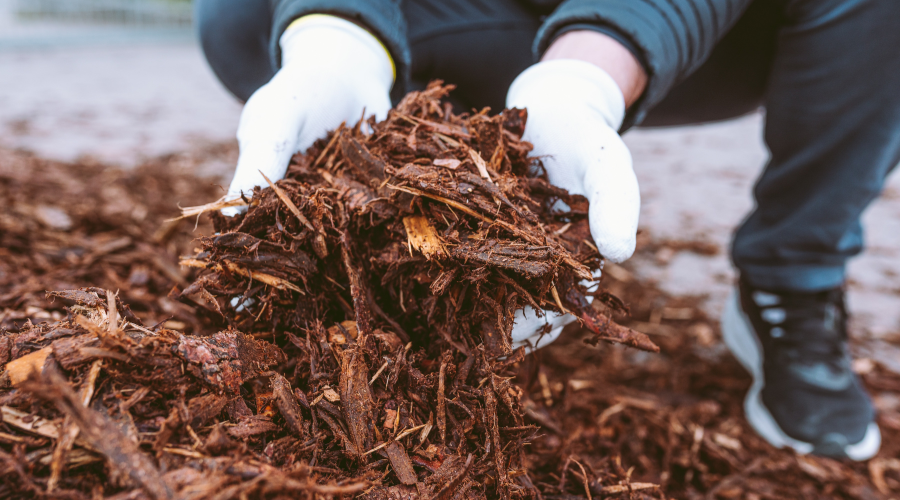
Mulch is Your Tree’s Best Friend to Reduce Drought Stress
Proper mulching is a highly effective way to keep the soil from drying quickly, especially during excessive heat. Applying mulch 2-4 inches deep will help conserve moisture and regulate the soil temperature.
WARNING: Keep mulch away from the root flare of your tree. Piling mulch around the base of a tree (also known as a mulch volcano) is harmful, as it prevents roots from getting sufficient oxygen, leads to root rot, and can lead to girdling roots.
Let Arborist Enterprises Help You Care for Your Trees
Summer can be a time of great stress for a tree, and if you aren’t careful, your trees can struggle to survive when droughts and abnormally dry conditions develop. By providing supplemental water when nature falls short, you can reduce their stress and help them continue to thrive.
Need help with your trees? At Arborist Enterprises, we are experts in tree care and can help you identify what’s wrong with your trees and devise a plan to remedy the situation. Ready to get started? Call us today at 717-393-7602 or request an estimate online.



